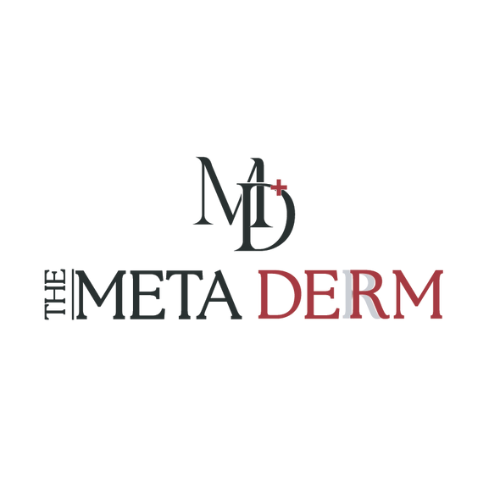Melasma Peels
Professional melasma peels are of two types – maintenance peels and treatment peels. Lactic and glycolic acid peels are for maintenance, and Cosmela and Dermamelan peels are for treatment. Chemical peels combined with medical therapy give the best results for melasma.

Key Highlights:
- Melasma is a type of pigmentation that responds well to medical therapy
- The treatment aims to suppress the production of pigments by cells known as melanocytes.
- Creams and UV protection help in treating melasma
- Chemical peels and lasers are used in addition for better outcomes
- Understanding the depth of pigmentation is crucial for melasma treatment
- Chemical peel for melasma works well for superficial pigmentation.
Our results speak for themselves






Melasma Peels at a Glance
- Best outcomes: 1-8 sessions
- Procedure time: 10 minutes
- Duration of results: Variable
- Back to work: Immediately
- Recovery: 0- 8+ days
- Anaesthetic: Nil required
- Your specialist: Dermatologist, nurse
- Cost: ₹ (Consultation required)
Chemical peels help maintain melasma treatment results during the off-cycle. Cosmelan and Dermamelan can help effectively treat melasma when you want quick results.
Frequently Asked Questions
Some of the most effective chemical peels for melasma are:
- AHA, low-concentration TCA, and retinoic acid peels are superficial chemical peels for melasma.
- Dermamelan and Cosmelan peels help accelerate results.
Commercial peels like the Dermamelan and Cosmelan effectively treat various types of pigmentation, including melasma. These peels can be very expensive, with a downtime of 4-14 days and an efficacy of just 60-65%.
So, dermatologists are very cautious when they suggest such peels. They are cautious about using these peels only for superficial melasma in patients without contradictions to medical therapy.
Understanding the depth of pigmentation is the most important step in melasma skin resurfacing. Superficial and epidermal melasma respond better to chemical peels than dermal pathology. At MetaDerm - the best melasma peel clinic, we determine pigmentation depth by:
- Physical examination, brown / dusk / grey pigmentation.
- Wood lighting (epidermal lights up)
- Dermatoscopic examination.
At MetaDerm, we follow a structured approach to treat melasma –
- Verify if the pigmentation is indeed melasma and not other medical conditions
- Analyse the depth of pigmentation
- Eliminate any contradictions to medical therapy
- Start with medical management of melasma
- Use lasers or peels as needed.
Unlike other forms of pigmentation, melasma is categorised as a medical issue that responds well to a prescribed treatment plan. Medical therapy for melasma includes:
- Tyrosinase inhibitors for pigmentation correction
- Modifying the flow of blood vessels into the pigmentation cells through fibrinogen modulators.
- Subcellular selective photothermolysis to inhibit pigment transfer using laser
- Reducing the pigment transfer into the deeper dermis of the skin using basement membrane stabilizers.
Yes, as long as you follow all instructions properly. High-strength AHA or TCA peels have the risk of worsening your melasma or burning the skin when not used correctly.

